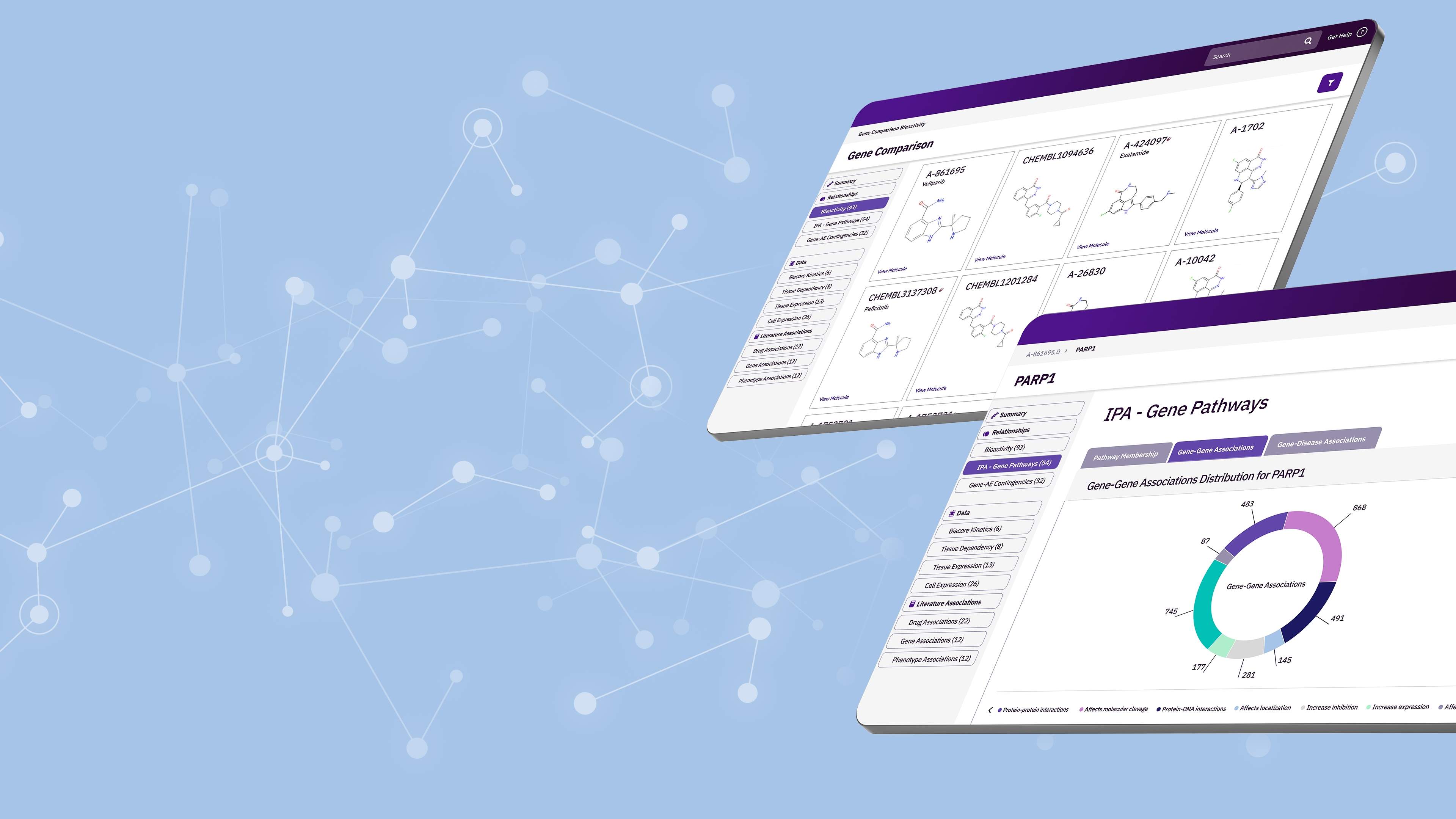Python is a versatile programming language with a broad range of applications. Created by Guido van Rossum in the late 1980s, it is used in many domains, such as data science, machine learning, automation, and the development of games and web applications. As a result, it’s one of the world's most widely used programming languages.
At TXI, we reach for Python when we want to provide a conduit between machine learning models and the users they serve, using frameworks like Flask or FastAPI to provide APIs that our user interfaces can leverage. In addition, Python does a great job of leaning on native extensions for speed and efficiency while providing an excellent developer experience due to its readability and flexibility.
Python has become a go-to language for data science, machine learning, and artificial intelligence. This, coupled with excellent software engineering and web development support, makes it an ideal choice for building Data-Powered Products.



